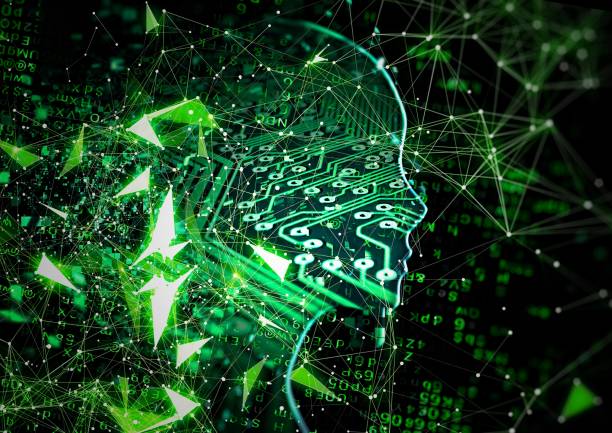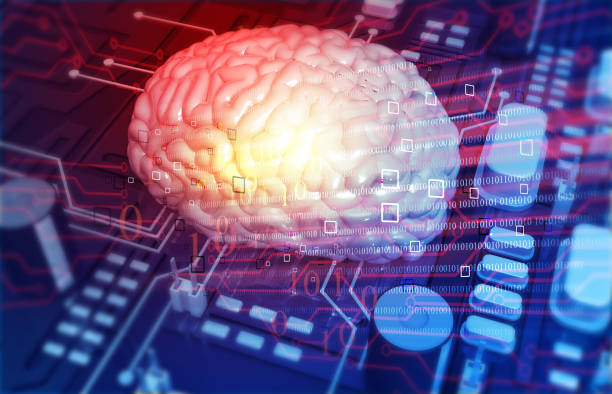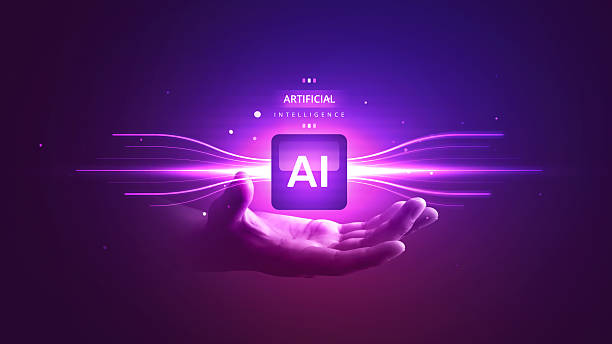What is an AI robot and how does it work?

What is an AI robot and how does it work?
An Artificial Intelligence Robot (AI Robot) is a combination of two important fields of science and technology: Artificial Intelligence (AI) and robotics.
Simply put, AI robots are machines that, using AI algorithms and models, are capable of performing tasks that typically require human intelligence.
These tasks can include learning, reasoning, problem-solving, natural language understanding, and even creativity.
The operation of an AI robot is based on data collection, processing, and decision-making according to learned patterns.
Sensors in the robot collect environmental information.
This information is sent to the Central Processing Unit (CPU).
Then, AI algorithms analyze this data and, based on it, issue the necessary commands to perform the desired action.
This action can include movement, changes in the environment, or even interaction with humans.
Artificial Intelligence allows the robot to improve its performance over time with more data and make better decisions in various situations.
AI robots are used in various industries, including manufacturing, healthcare, customer services, and even education.
By utilizing its capabilities, AI robots have brought about significant transformations in various industries.
These robots also play an important role in improving the quality of human life.
Are you dissatisfied with the low sales of your online store?
Rasaweb is your solution for having a professional and high-selling online store.
✅ Significant increase in sales and revenue
✅ Easy and enjoyable shopping experience for customers
⚡ Get a free consultation from Rasaweb right now!
Diverse applications of AI robots in today’s world

Diverse applications of AI robots in today’s world
The applications of AI robots are very broad and diverse, and traces of them can be found in almost every industry.
In the manufacturing industry, AI robots can be used for automating production lines, quality control, and reducing costs.
These robots are capable of performing repetitive and dangerous tasks with greater accuracy and speed than humans.
In the field of healthcare, surgical robots, with the help of AI, can perform complex surgeries with higher precision and reduce the risk of human errors.
Additionally, nursing robots can assist in patient care and provide basic medical services.
In the customer service industry, chatbot robots, using Natural Language Processing (NLP), can answer customer questions and resolve their issues.
Natural Language Processing
In the field of education, AI robots can act as private tutors, helping students better learn academic concepts.
These robots can provide personalized educational programs based on each student’s knowledge level and needs.
Finally, AI robots also play an important role in research and development.
They can assist scientists in analyzing complex data and discovering new patterns.
AI robots also have numerous applications in transportation, agriculture, and even space exploration.
Advantages and disadvantages of using AI robots
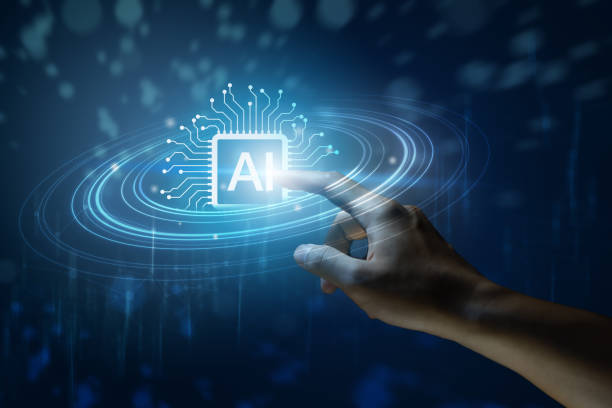
Advantages and disadvantages of using AI robots
The use of AI robots offers many advantages, including increased productivity, reduced costs, increased accuracy and speed of tasks, and the ability to perform dangerous and repetitive tasks.
AI robots can work around the clock without fatigue, which leads to increased production and reduced project completion times.
However, the use of AI robots also has disadvantages.
One of the most important disadvantages is the concern about job loss due to automation.
With the entry of robots into the job market, many traditional jobs may disappear.
Another disadvantage is the high cost of developing and maintaining AI robots.
These robots require significant investment in research and development, programming, and maintenance.
Also, there are concerns about data security and privacy.
AI robots require the collection and processing of large volumes of data to function correctly, which can lead to privacy breaches.
Despite all their advantages and disadvantages, AI robots will play an important role in the future of societies.
It is important to use this technology in the best possible way, with proper management and consideration of ethical issues.
| Advantages | Description |
|---|---|
| Increased productivity | Robots can work around the clock without fatigue. |
| Reduced costs | Automation of processes leads to a reduction in human labor costs. |
| Increased accuracy | Robots perform tasks with higher accuracy than humans. |
Review of different types of AI robots

Review of different types of AI robots
AI robots are designed and built in various types, each suitable for specific applications.
One common classification is based on their type of movement and physical capabilities.
Industrial robots are usually stationary and are used for repetitive tasks in production lines.
Mobile robots, such as autonomous robots and service robots, are capable of moving in different environments and can perform a variety of tasks.
Another classification is based on the type of Artificial Intelligence used in the robot.
Machine Learning-based robots can improve their performance by receiving more data.
Natural Language Processing (NLP)-based robots are capable of understanding and responding to human language.
Computer Vision-based robots can analyze images and videos and extract useful information from them.
AI robots are also classified by application type.
Surgical robots, nursing robots, service robots, and military robots are examples of this classification.
Each of these robots is designed and built according to its specific needs.
Did you know that 94% of a company’s first impression is related to its website design?
Rasaweb provides professional corporate website design services to help you make the best first impression.
✅ Create a professional and trustworthy image for your brand
✅ Attract potential customers more easily and improve online standing
⚡ Get a free corporate website design consultation
What will be the future of AI robots?
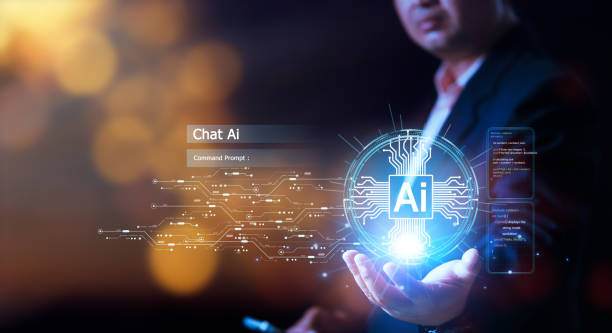
What will be the future of AI robots?
The future of AI robots is very bright and full of transformations.
With the continuous advancement of Artificial Intelligence and robotics, robots are expected to play a more prominent role in our lives.
In the future, robots will be present not only in industry and manufacturing but also in homes, schools, hospitals, and even in space.
It is predicted that intelligent robots will be capable of performing more complex tasks and can even have closer cooperation with humans.
One of the important trends in the future of AI robots is the development of collaborative robots (Cobots).
These robots are designed to work alongside humans in a shared environment.
Cobots can assist humans in performing difficult and repetitive tasks and increase productivity.
Another trend is the development of autonomous robots.
These robots are capable of making decisions and performing their tasks without human intervention.
Self-driving cars are an example of this type of robot.
AI robots will become powerful tools for solving complex problems and improving the quality of life in the future.
However, to achieve this goal, it is necessary to pay special attention to the ethical and social issues related to this technology.
Ethical and social challenges of using AI robots

Ethical and social challenges of using AI robots
With the widespread use of AI robots, numerous ethical and social challenges also emerge.
One of the most important of these challenges is the issue of unemployment caused by automation.
With the entry of robots into the job market, many traditional jobs may disappear, and this can lead to an increase in unemployment rates and create social problems.
Another challenge is the issue of data privacy.
AI robots require the collection and processing of large volumes of data to function correctly, which can lead to privacy breaches.
The issue of accountability is also another important challenge.
If an AI robot causes damage, who will be responsible? The robot’s manufacturer? The robot’s user? Or the robot itself? These questions require careful examination and the formulation of appropriate laws and regulations.
The issue of discrimination can also be an ethical challenge.
If AI algorithms are trained on biased data, they may make discriminatory decisions.
For example, an AI-powered recruitment system may unintentionally overlook women or individuals belonging to minority groups.
AI robots require attention to ethical and social issues to ensure this technology is used fairly and responsibly.
How to build an AI robot? A step-by-step guide
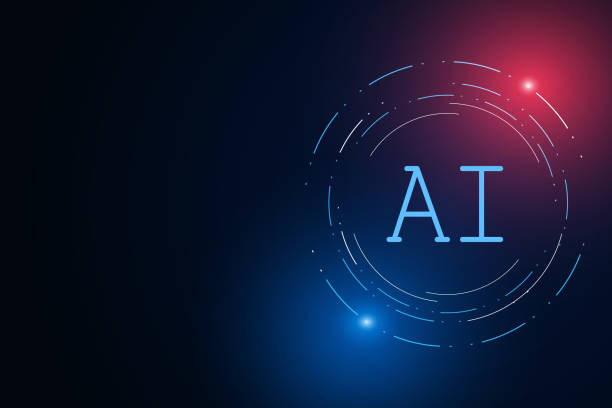
How to build an AI robot? A step-by-step guide
Building an AI robot is a complex and time-consuming project that requires knowledge and skills in various fields, including Artificial Intelligence, robotics, programming, and electronics.
However, with available tools and resources, simpler projects can also be undertaken.
The first step is to define the robot’s goal and application.
Before starting to build the robot, you must specify what task your robot will perform and what capabilities it will have.
The second step is to choose suitable hardware.
To build a robot, you need various hardware components, including motors, sensors, controllers, and batteries.
You should choose components that are compatible with your goal and budget.
The third step is to design and build the robot’s body.
The robot’s body must be designed to properly hold the hardware components and allow for movement and task performance.
The fourth step is to program the robot.
For the robot to perform its tasks, you need to program it.
You can use various programming languages such as Python, C++, and Java.
The fifth step is to train the Artificial Intelligence model.
If your robot uses AI, you must train the AI model using appropriate data.
Building an AI robot requires extensive knowledge and patience.
| Step | Description |
|---|---|
| 1 | Define the robot’s goal and application |
| 2 | Select appropriate hardware |
| 3 | Design and build the robot’s body |
| 4 | Program the robot |
| 5 | Train the Artificial Intelligence model |
The role of AI robots in industry and manufacturing
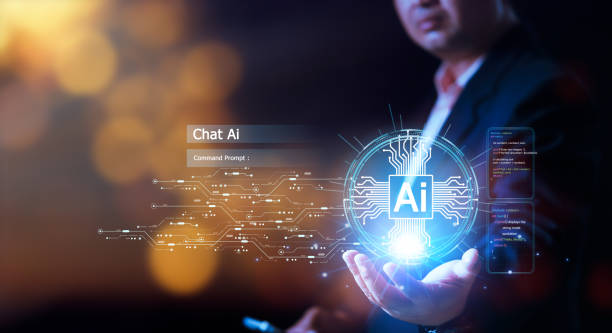
The role of AI robots in industry and manufacturing
AI robots play a very important role in industry and manufacturing.
These robots can help automate processes, increase productivity, reduce costs, and improve product quality.
In production lines, robots can perform repetitive and dangerous tasks with greater accuracy and speed than humans.
This leads to increased production and reduced human errors.
Robots can also play an important role in product quality control.
They can identify product defects using computer vision and other sensors, preventing faulty products from entering the market.
Furthermore, robots can also play an important role in supply chain management and logistics.
They can help optimize transportation routes, manage warehouses, and forecast demand.
By using AI robots, companies can improve their production and distribution processes and reduce their costs.
AI robots help companies increase profitability.
Supply Chain Management
Did you know that 85% of customers check your company’s website before any interaction?
With Rasaweb, build the corporate website that your reputation deserves.
✅ Increase credibility and customer trust
✅ Attract high-quality leads
⚡ Get a free website design consultation
Case study of AI robots in everyday life

Case study of AI robots in everyday life
AI robots are increasingly present in our daily lives.
From robotic vacuum cleaners that automatically clean the house to voice assistants like Siri and Alexa that answer our questions and execute our commands, robots are making our lives easier.
In the field of healthcare, robots can help care for the elderly and disabled.
They can remind them of their medications, assist them with movement, and notify medical centers in case of a problem.
In the field of education, robots can act as private tutors, helping students better learn academic concepts.
They can provide personalized educational programs based on each student’s knowledge level and needs.
In the field of customer service, chatbot robots, using natural language processing, can answer customer questions and solve their problems.
AI robots will play a more prominent role in our daily lives in the future.
Chatbots
Important tips for choosing and buying an AI robot

Important tips for choosing and buying an AI robot
Choosing and buying an AI robot is an important decision that should be made with careful consideration and sufficient knowledge.
Before purchasing, you should accurately define your needs and expectations.
What task do you want the robot to perform? What capabilities are important to you? What is your budget for buying the robot? After clarifying your needs, you should research different types of robots and compare their features.
Pay attention to the robot’s technical specifications, software capabilities, warranty, and after-sales service.
Also, before buying, read reviews and experiences of other users regarding your desired robot.
These reviews can help you in making a decision.
Finally, before purchasing, always test the robot and ensure its proper functioning.
Ask the seller to demonstrate the robot to you and explain its features.
By considering these tips, you can choose a suitable AI robot for yourself.
Robotics
Frequently Asked Questions
| Question | Answer |
|---|---|
| What is an AI robot? | An Artificial Intelligence Robot (AI Robot) is a machine capable of understanding its environment, reasoning, learning, and making decisions to perform tasks autonomously. |
| What is the difference between ordinary robots and AI robots? | Ordinary robots perform repetitive tasks based on pre-programming, while AI robots can learn from experience, interact dynamically with their environment, and even behave in a way that resembles human intelligence. |
| What are the main applications of AI robots? | They are used in industries (manufacturing, assembly), medicine (surgery, diagnosis), services (customer support, domestic), exploration (space, underwater), and many other fields. |
| What technologies are used in building AI robots? | Machine Learning, Computer Vision, Natural Language Processing, Deep Learning, and Robotics are among the key technologies. |
| Can AI robots have emotions? | Currently, robots do not have emotions in the human sense. They can identify and react to emotions, but they do not experience emotions themselves. |
| What are the main challenges in developing AI robots? | Safety, reliability, ethics, autonomy, adaptability to complex environments, and natural human interaction are important challenges. |
| How are AI robots trained? | They are typically trained using large amounts of data, machine learning algorithms, and deep learning to identify patterns and make decisions. |
| Examples of AI robots in everyday life? | Smart robotic vacuum cleaners, customer support chatbots, self-driving cars, and surgical robots in hospitals. |
| Are AI robots a threat to human jobs? | Some repetitive jobs may become automated, but at the same time, robots can increase productivity and create new jobs in the development, maintenance, and supervision of these systems. |
| How is the future of AI robots predicted? | They are expected to become smarter, more autonomous, and capable of performing more complex tasks, and will interact more closely with humans in various environments. |
And other services of Rasa Web Advertising Agency in the field of advertising
- Smart UI/UX: A creative platform for improving SEO ranking by customizing user experience.
- Smart Data Analysis: A new service for increasing user engagement through Google Ads management.
- Smart Social Media: A combination of creativity and technology for campaign management through attractive UI design.
- Smart Conversion Rate Optimization: A dedicated service for growing campaign management based on customizing user experience.
- Smart Marketing Automation: Professional optimization for digital branding using attractive UI design.
And hundreds of other services in the field of internet advertising, advertising consultation, and organizational solutions
Internet Advertising | Advertising Strategy | Advertorials
Sources
The future of AI robots; what awaits us?
Artificial intelligence and the future of humanity; from progress to challenge
A look at the future of humanity under the shadow of artificial intelligence
Challenges of Artificial Intelligence and its position in Iran
? With Rasaweb Afarin, specialists in corporate website design, SEO and digital marketing, have a powerful and influential presence in the online world.
📍 Tehran, Mirdamad Street, next to Central Bank, Southern Kazeroun Alley, Ramin Alley, No. 6

